As teachers go back to schools, most of them improve their typical curriculum by use of examples for pop culture and literature. However, they may be going against the copyright laws in an attempt to assist their students. Even though there exists an exception for educational or “fair use” when it comes to the copyright laws, it has always been unclear the circumstances under which the teachers can use the copyrighted materials. The “fair use” term is used to refer to a sequence of standards which have been built up over the course of a range of court cases. It also requires some bit of interpretation.
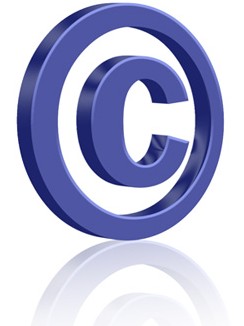 Most of the material published in the period after 1923 is copyrighted by the copyright law. However copyrighted material can be used for educational purposes including: comment, criticism, news reporting, scholarship, research and teaching. The guidelines of the United States Copyright on the issue of fair use states that there should be no specific amount of words, notes or lines that may be taken safely without consent. The acknowledgment of the source while using copyrighted materials doesn’t constitute obtaining of consent.
Most of the material published in the period after 1923 is copyrighted by the copyright law. However copyrighted material can be used for educational purposes including: comment, criticism, news reporting, scholarship, research and teaching. The guidelines of the United States Copyright on the issue of fair use states that there should be no specific amount of words, notes or lines that may be taken safely without consent. The acknowledgment of the source while using copyrighted materials doesn’t constitute obtaining of consent.
The educators must thus test the fair use of the copyrighted material using four criteria: the purpose and the nature of the use, the nature of the copyrighted material, the quantity and the significance of the part use with regards to the whole copyrighted material and the effect of using the material on the probable marketer or on the value of the copyrighted material. Simply by its nature, the educational purpose meets the 1st criteria. This however does not mean that any material that is copyrighted can be used in the educational situation. For instance, the “I Have a Dream” speech by Dr. Martin Luther King is copyrighted but the teachers are only able to use it in certain controlled circumstances. Any copyrighted material used for educational purposes should also pass all the other 3 criteria.
The nature of the copyrighted work being used can also determine whether it can be used or not. The unpublished work might not likely fall in this category, as the author of the work never gave consent for the material to be published or used in any situation. Another test is if the work is creative or factual. It is not possible to copyright the facts and therefore work based on the facts is more likely to fall under the educational use more than creative materials such as novels.
The length also affects the fair use of work. Sections are more permissible than whole material. Teachers may therefore copy brief poems, single chapters or short stories so as to distribute to the students. However, they are not allowed to create their own anthologies through copying. Institutions and educators have thus come up with straightforward guidelines to help the teachers. These are like poems of 250 or less words, or fractions of longer poems limited to only 250 words. Lastly, the effect on the market of the material that is copyrighted must be considered. For instance, the use of copyrighted material on a limited student’s number will not diminish the profitability of the work by a significant amount but posting that work online might.


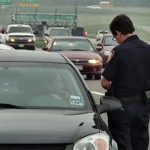








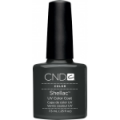



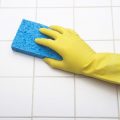




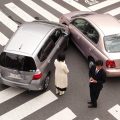
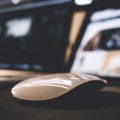





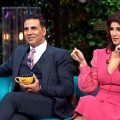

No Comments
Leave a comment Cancel